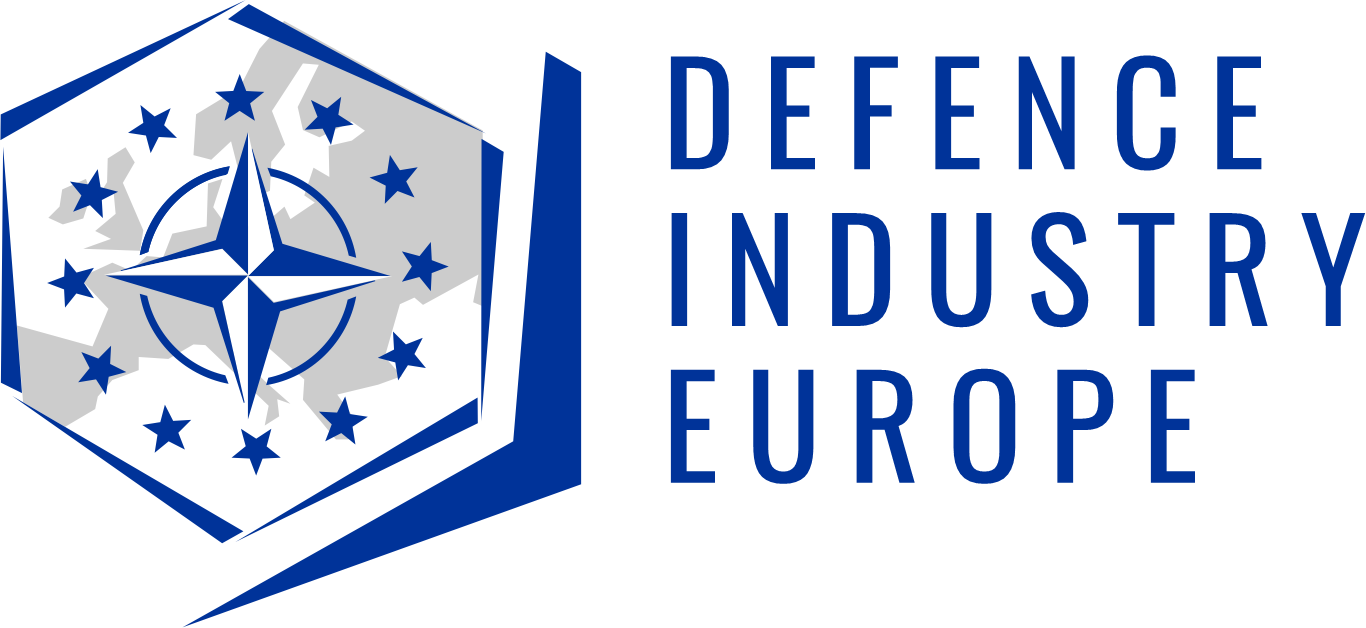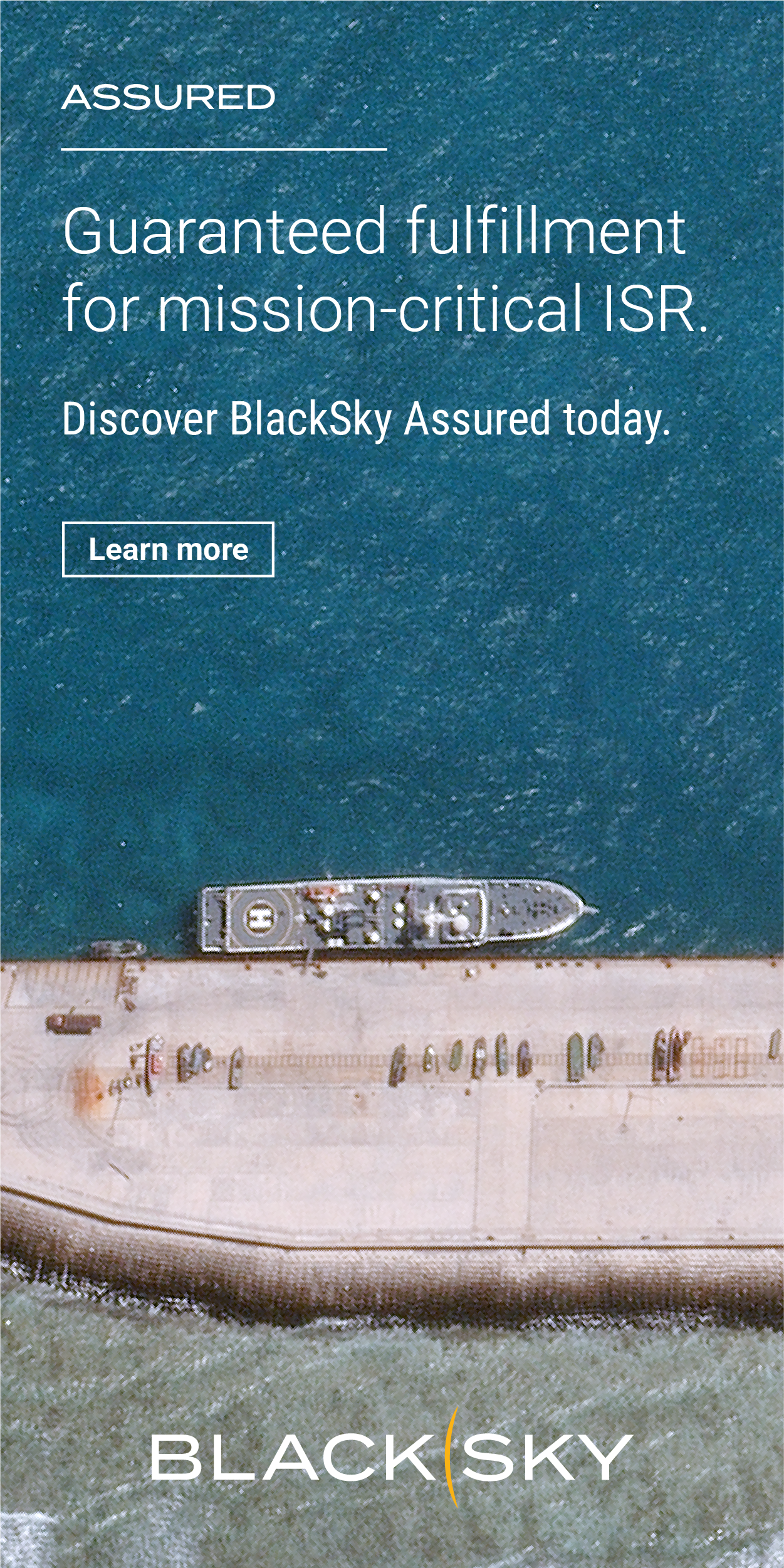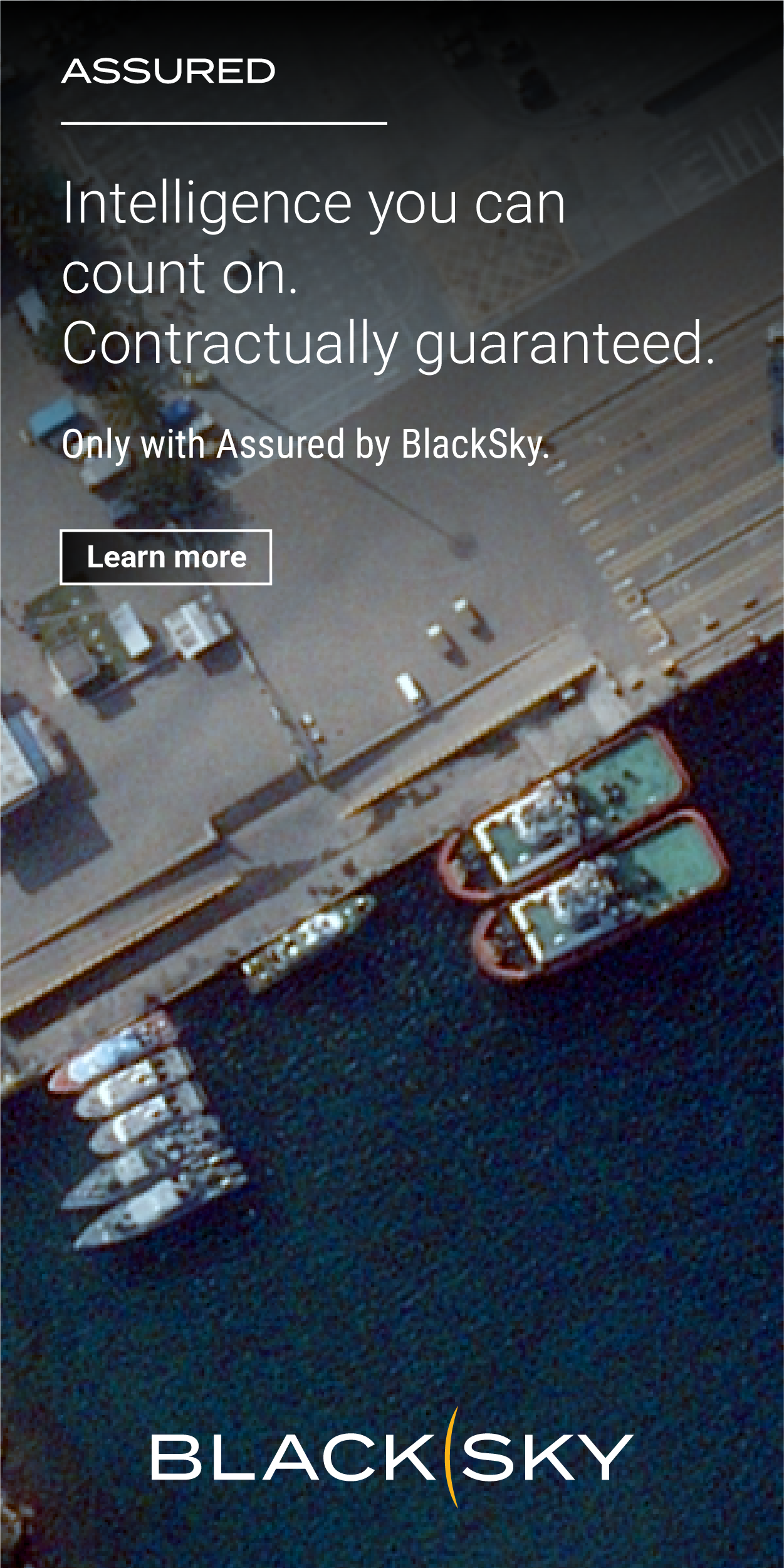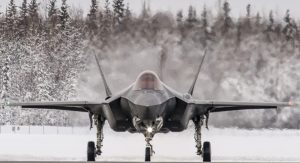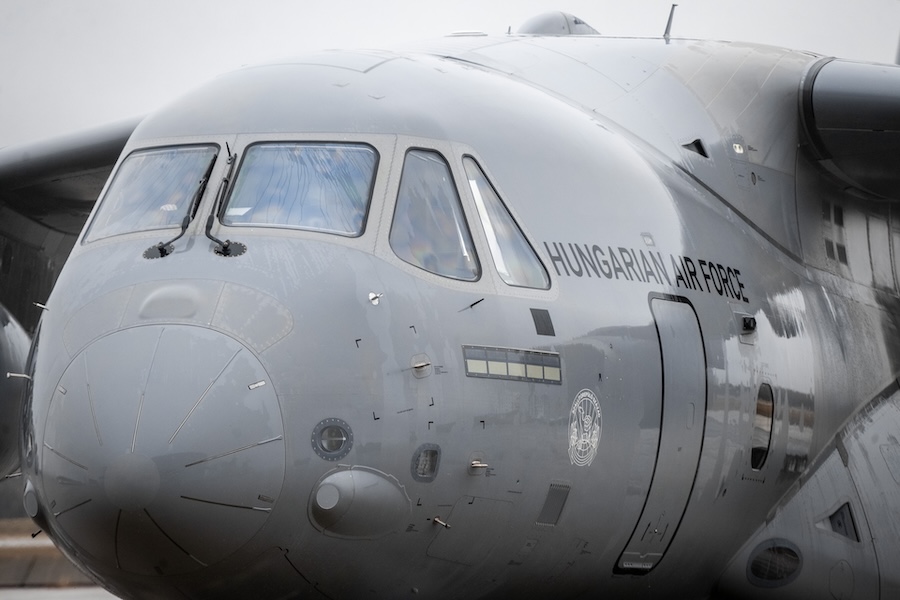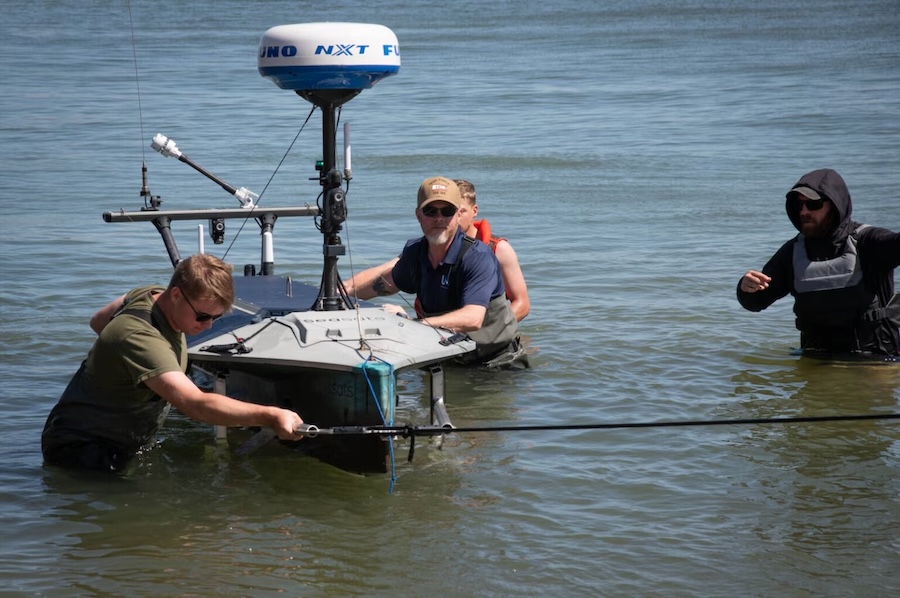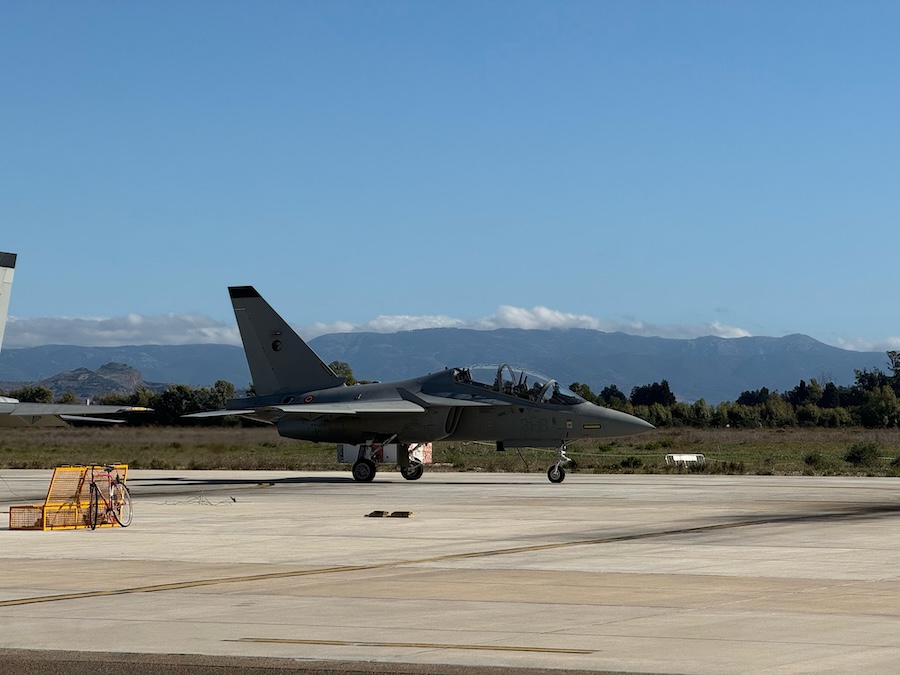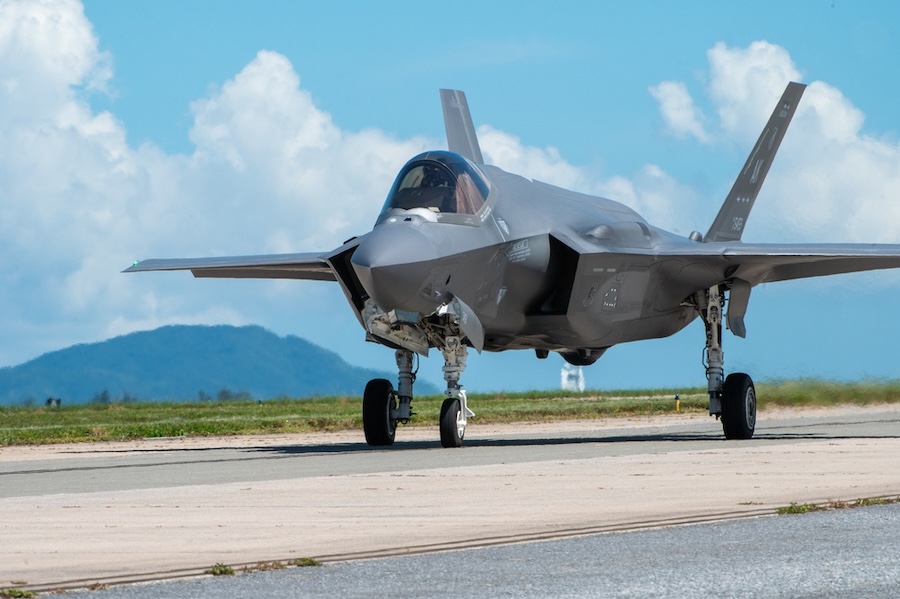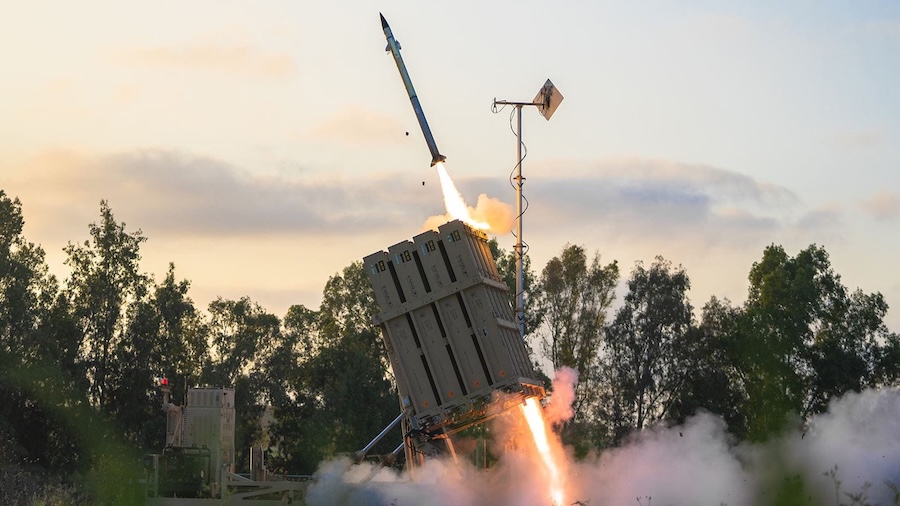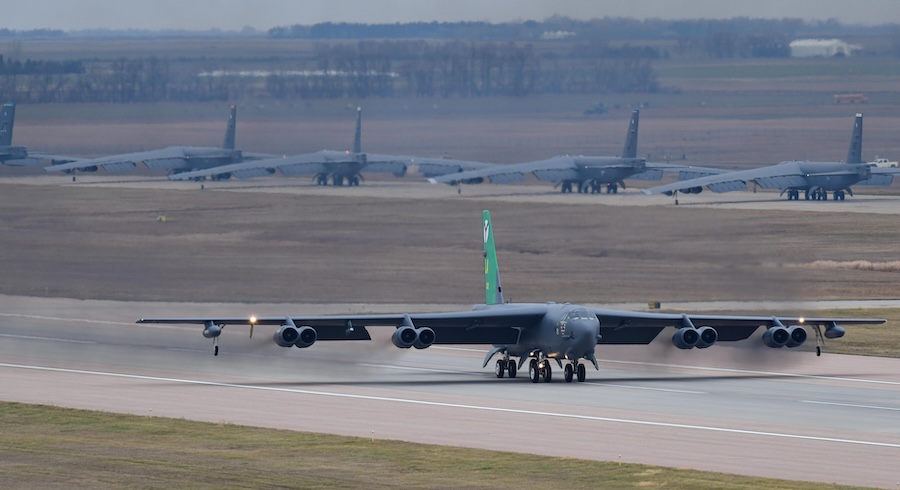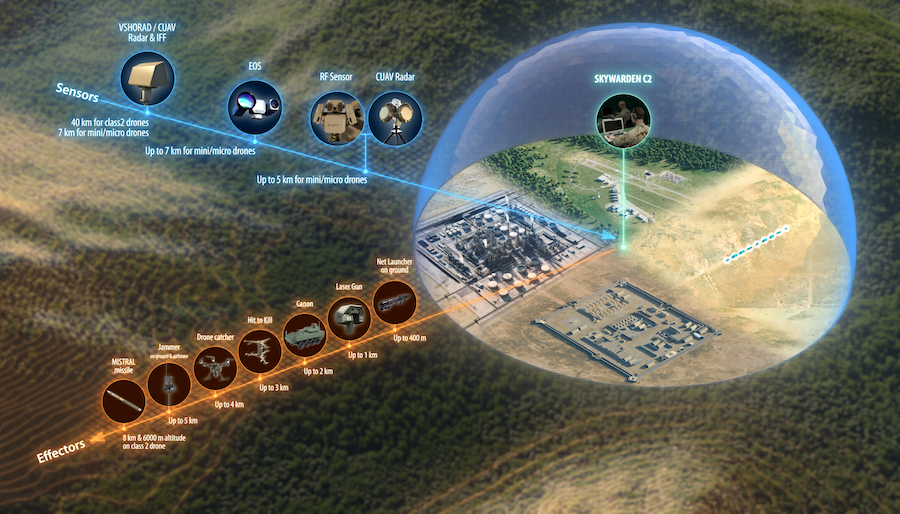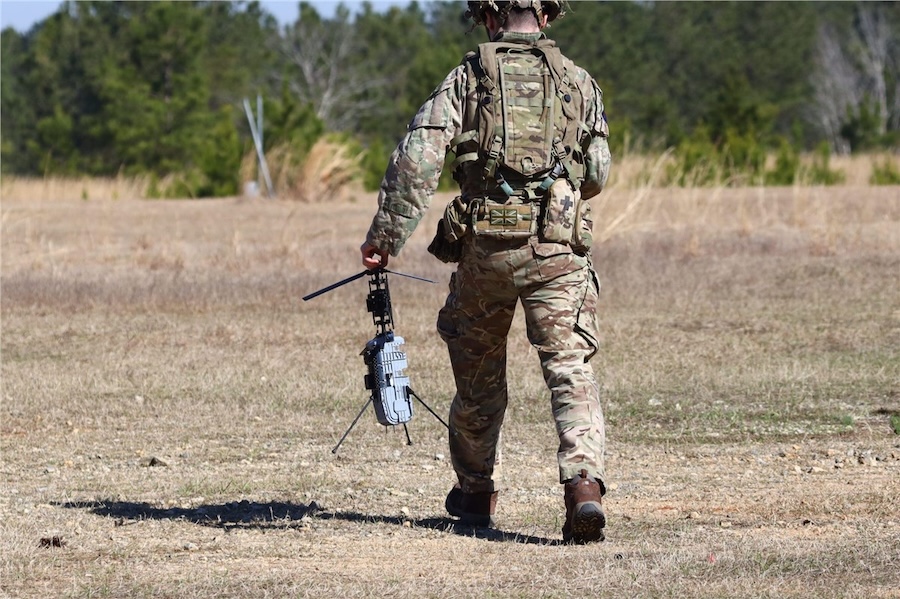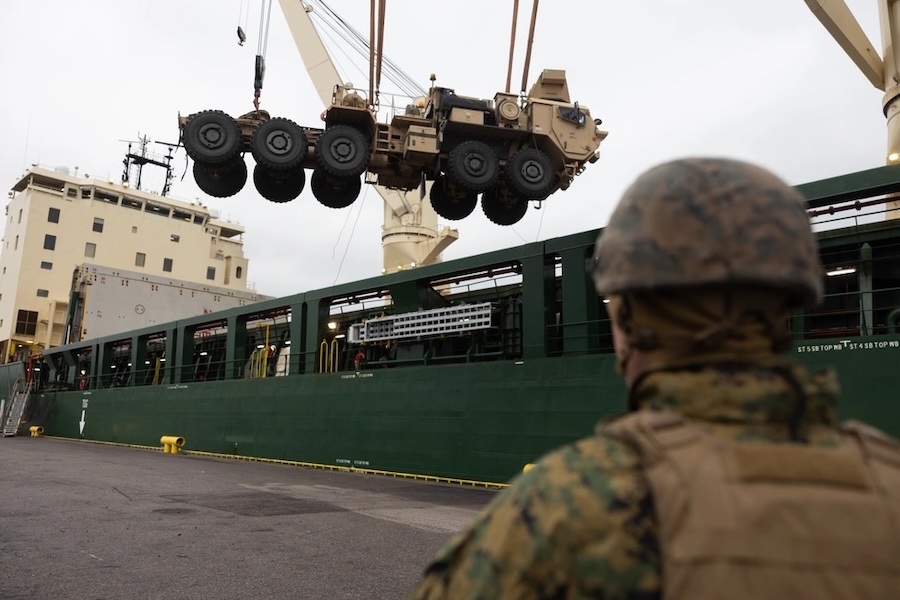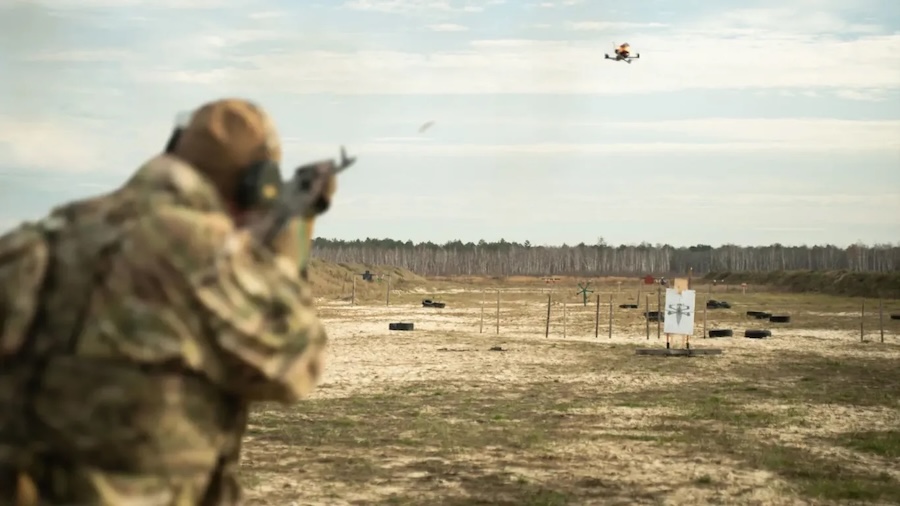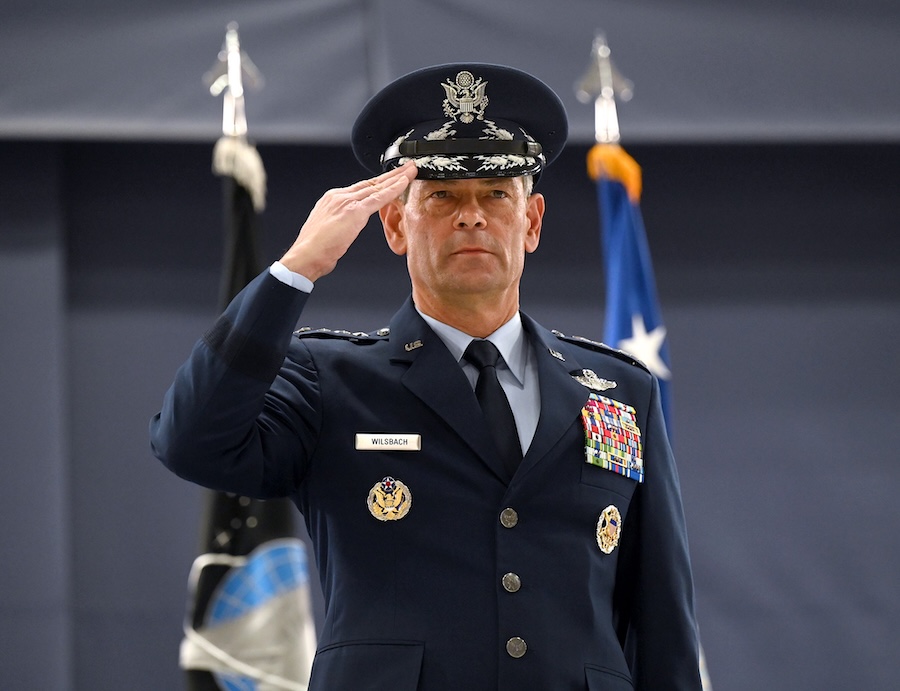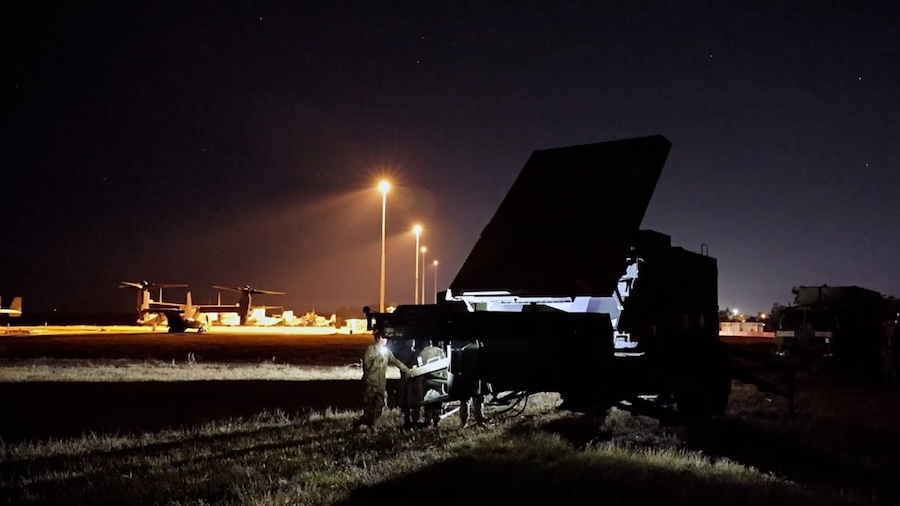Alongside Finnish aircraft, the skies over the North Sea saw operations from Dutch and U.S. F-35s, Swedish Gripens, German Eurofighters, French Rafales, and Greek F-16s. In total, 15 NATO nations and over 90 aircraft took part, with air bases across the Netherlands, the UK, and Denmark supporting the exercise.
A key objective for Finland was to advance the operational integration between older and newer fighter platforms—an increasingly critical capability as F-35 numbers grow in Europe. “This is the fourth major exercise in which we’ve been able to implement and develop joint tactics that allow newer sensors to support older platforms, thereby maximizing performance across the board,” said Lieutenant Colonel Rami Lindström, who led the Finnish detachment.
Stronger together! 🇫🇮🤝🇺🇸#RamsteinFlag has provided opportunities to develop the integration of 4th and 5th generation fighter jets. 🇫🇮 F/A-18 Hornet and 🇺🇸 F-35A Lightning II detachments have operated together from 🇳🇱 Leeuwarden Air Base.#ilmavoimat #WeAreNATO @48FighterWing pic.twitter.com/eayIIgrZkS
— Ilmavoimat (@FinnishAirForce) April 9, 2025
The Finnish Air Force is currently transitioning from F/A-18 Hornets to F-35s, requiring both systems to operate in parallel for the foreseeable future. Strengthening interoperability between generations is thus essential to ensure operational readiness and capability.
Ramstein Flag 25 also featured extensive night operations, preparing NATO and Finnish forces for combat scenarios beyond daylight hours. “Fighting in the dark is more challenging, which is exactly why it has to be trained—and even more than it currently is,” Lindström noted.
Despite the complexity of night-time missions, operations were carried out safely and effectively. Lindström described the night-time views over the North Sea through night vision goggles as “unmatched.”
The exercise also provided Finland with the opportunity to lead and participate in large multinational air operations under realistic and demanding scenarios. Two Finnish pilots earned new Mission Commander qualifications during the exercise, highlighting the training’s value.
In one of the most ambitious missions, Lindström flew a night sortie involving 80 aircraft launched from across Europe. “The Mission Commander had developed a sound plan with the detachments the previous day, but the adversary’s aggressive actions and the high-risk level made the mission extremely demanding. A great mission!” he commented.
Throughout the exercise, the Finnish detachment received strong positive feedback for its performance and professionalism. Finnish skills and cooperation with allies were noted to be of a high standard.
Emphasising the importance of joint training, Lindström said: “Every country has its own culture and operational nuances, even if the foundations are the same. It’s absolutely essential to train together in order to understand and embrace different ways of operating than what we’re used to in the Nordics.”
Ramstein Flag, now in its second year, is coordinated by NATO’s Allied Air Command and this year was hosted by the Netherlands. The Royal Netherlands Air Force successfully supported the event, with few logistical issues encountered.
“In many exercises, you end up solving unexpected challenges, but in this case, there were virtually none. That’s a clear result of good preparation on all sides,” Lindström said, praising the smooth execution.
From a logistics perspective, Ramstein Flag helped the Finnish Air Force test and refine its deployment procedures in a multinational setting. “We now have a solid package that is scalable, and can be deployed quickly to different locations with quick preparation,” Lindström concluded.
Source: Finnish Air Force.


